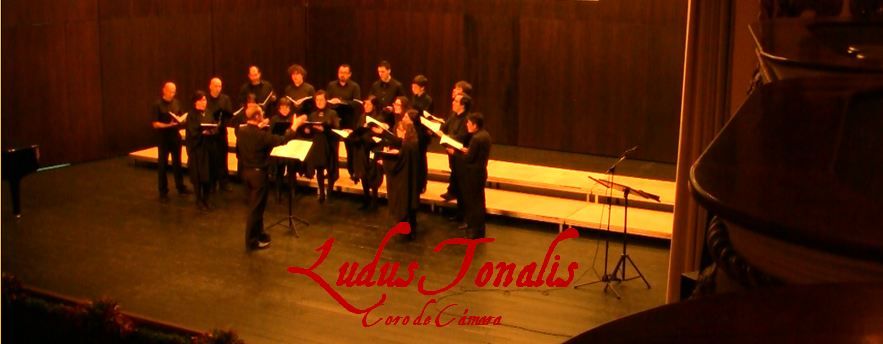

The subtitle of Hartmann’s work, ‘27 April 1945’, is clarified by an epigraph the composer (in his own words) positioned at the head of the score: ‘On the 27th and 28th of April 1945 trudged an endless stream of Dachau prisoners of war past us. Written just three years after Ludus Tonalis, Hartmann’s Piano Sonata depicts the shuffling feet of 20,000 camp prisoners from Dachau whom Hartmann watched being marched away from the approaching Allies. This masterpiece comprises all 12 major and/or minor keys and was intended to be the 20thĬentury equivalent to J.S. It is one of the greatest solo piano works of the mid-20th century, exploring matters of technique, theory, inspiration, and communication. (Another is Shostakovich’s Twenty-four Preludes and Fugues, which I also review on this site.) An article comparing the Bach and Hindemith. My only half-quibble concerns the pianist’s rather typewriterish flattening out of the Ragtime finale’s syncopations that John McCabe treats more idiomatically. Composed in 1942 during Hindemith’s stay in the United States, Ludus Tonalis was first performed in 1943 in Chicago. Hindemith, Ludus Tonalis (1942) Ludus tonalis, which contains interludes and fugues in all 24 keys, is one of the twentieth century’s principal responses to Bach’s Well-Tempered Clavier. The rhythms of 1920s jazz and gray, gnarly Teutonic dissonances collide in the Suite 1922, which Berezovsky’s fingers relish with glee.

Hindemith was the more inclusive artist while Hartmann more fully reflected the cultural concerns of his time and their differences are conveyed by the contemporaneous but aesthetically different pieces on this disc. Ludus Tonalis is, more or less, the equivalent of Bachs Preludes and Fugues for all the major and minor keys.

Nearly two years after Hindemith’s death. The paradigm of Hindemiths mould of musical thinking was to be the Ludus tonalis, a modern-day equivalent of the Kunstbuch although it would go beyond. The Estonian/Swedish pianist coached Hindemith’s Ludus Tonalis with the composer in great detail. This long unavailable recording stands out among the relatively few that Kbi Laretei (1922-2014) made during her long career. Paul Hindemith and Karl Amadeus Hartmann were born a decade apart but died in the same month. Reference Recording: Kbi Laretei’s Ludus Tonalis, Finally On CD. Pianist Esther Walker performs the rarely recorded work ‘Ludus Tonalis’ by Paul Hindemith along with Karl Amadeus Hartmann’s Piano Concerto ‘27 April 1945’. Hindemith’s Ludus tonalis is the most important reflection on Bach’s ‘Well-Tempered Clavier’ in the music of the twentieth century, next to Shostakovich’s twenty-four preludes and fugues, and demands a special musical intellect and expressive energy from the interpreter.


 0 kommentar(er)
0 kommentar(er)
